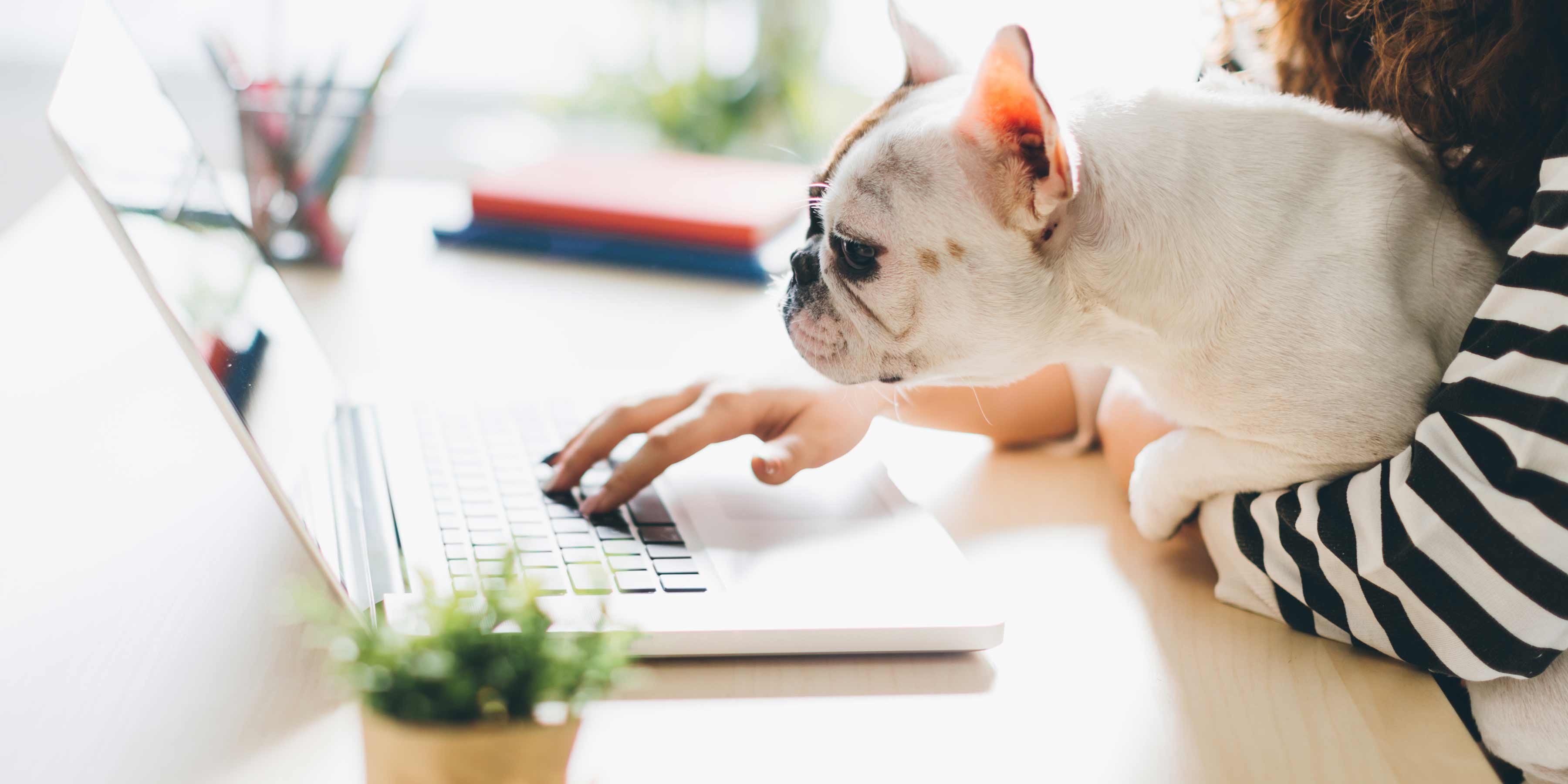We do, of course, have designers focused on the activities typically associated with UX: helping with research, creating journey maps, thinking through IA, and designing interfaces. But at the same time, it’s impossible for our strategy team to run a workshop with business owners without keeping audience needs at the fore. Developers push for ever-faster page loads. Analysts help validate or disprove assumptions and allow us to improve the experience. And so on.
Tirelessly advocate for the user without losing sight of business goals
Because user experience forms a thread across all of our work, the UX design team is involved throughout the entirety of a project’s lifecycle to champion the user and ensure the best possible experience. It’s a great job for big-picture thinkers who also love to get down into the weeds. But we also understand that we don’t work in a vacuum, and most of our clients are making a serious investment in their digital presence. We relish the challenge of digging in and finding the path that meets business needs while delighting users.
Prototype early and often
We have a bias toward action rather than artifacts. We aim to do “just enough design” to develop a range of concepts quickly and move toward prototypes that can be shared with our clients and tested with users.
And in case you’re wondering—this rapid, iterative approach is not at all in conflict with our passion for beautiful, well-crafted visual design. We’ve just learned over the years that there’s little value in creating a hundred static comps across multiple screen sizes only to realize that the proportions just feel a little “off” when it’s finally built.
Accessibility (or, just making good products)
We’re serious about accessibility because, quite simply, it makes the experience better for everyone. In our experience, many people approach a conversation about accessibility with a somewhat narrow view of what it means to meet the WCAG guidelines—perhaps that it is primarily about screen readers, or color contrast. But it’s also about clear language, effective navigation, and helping users avoid mistakes. And we believe that all of our clients should embrace this.











